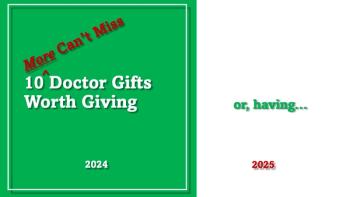
Medicare Part D Associated with Reduction in Nondrug Medical Spending
Implementation of Medicare Part D was associated with significant reductions in nondrug medical spending.
Among elderly Medicare beneficiaries with limited prior drug coverage, implementation of Medicare Part D was associated with significant reductions in nondrug medical spending, such as for inpatient and skilled nursing facility care, according to a study published in the
“Implementation of the Medicare prescription drug benefit (Part D) in January 2006 was followed by increased medication use, reduced out-of-pocket costs, and improved adherence to essential medications for elderly persons. The effects of Part D on nondrug medical spending for Medicare beneficiaries have not been clearly defined,” according to the article.
J. Michael McWilliams, MD, of Harvard Medical School and Brigham and Women’s Hospital and colleagues compared nondrug medical spending for traditional Medicare beneficiaries before and after the implementation of Part D.
Nationally representative survey data and linked Medicare claims from 2004-2007 were used to compare nondrug medical spending before and after the implementation of Part D by self-reported generosity of prescription drug coverage (the extent to which medications were mostly or completely covered) before 2006. Participants included 6,001 elderly Medicare beneficiaries from the Health and Retirement Study, including 2,538 with generous and 3,463 with limited drug coverage before 2006.
According to a
“This differential reduction in relative terms corresponded to an average absolute difference of -$306/quarter between observed and expected spending for participants with limited prior drug coverage,” the authors wrote in the study.
This reduction was explained mostly by differential changes in spending on Part A inpatient and skilled nursing facility institutional services (-$204/ quarter). “Part D implementation was also associated with small differential reductions in spending on Part B physician and ancillary services for participants with limited prior drug coverage (-$67/quarter). These differential reductions in spending on Part B services were not associated with differential changes in outpatient visits (-0.06 visits/quarter) and were thus likely attributable to reduced use of inpatient rather than outpatient physician services."
The researchers added that nondrug medical spending in the control group did not differentially change after January 1, 2004, for beneficiaries with limited prior drug coverage in 2002 ($14/quarter), relative to beneficiaries with generous prior coverage.
“In concert with previous studies, these findings suggest that increased medication use and adherence achieved through expanded drug coverage for seniors have been associated with decreased spending for non-drug medical care,” the authors wrote.
Source
Newsletter
Stay informed and empowered with Medical Economics enewsletter, delivering expert insights, financial strategies, practice management tips and technology trends — tailored for today’s physicians.



















